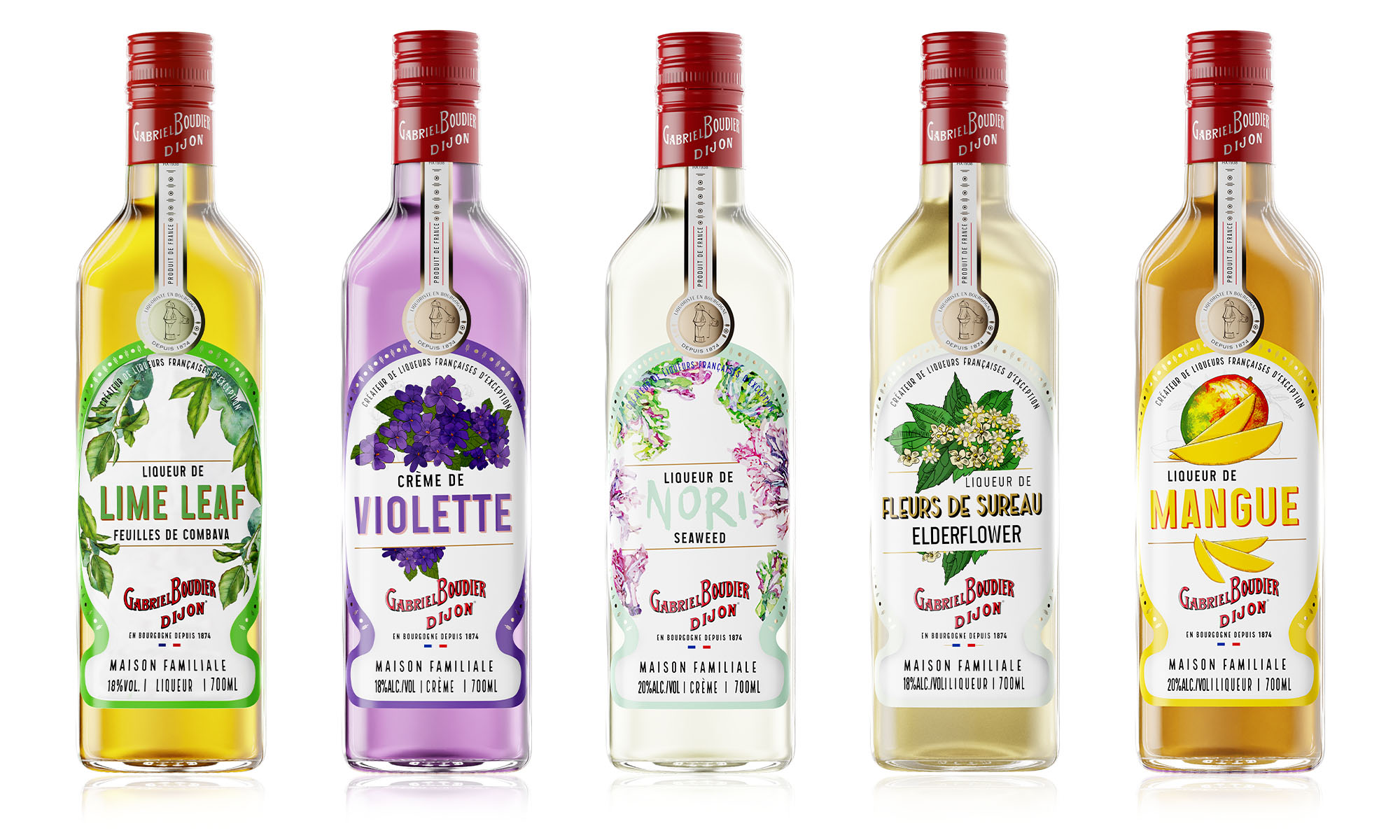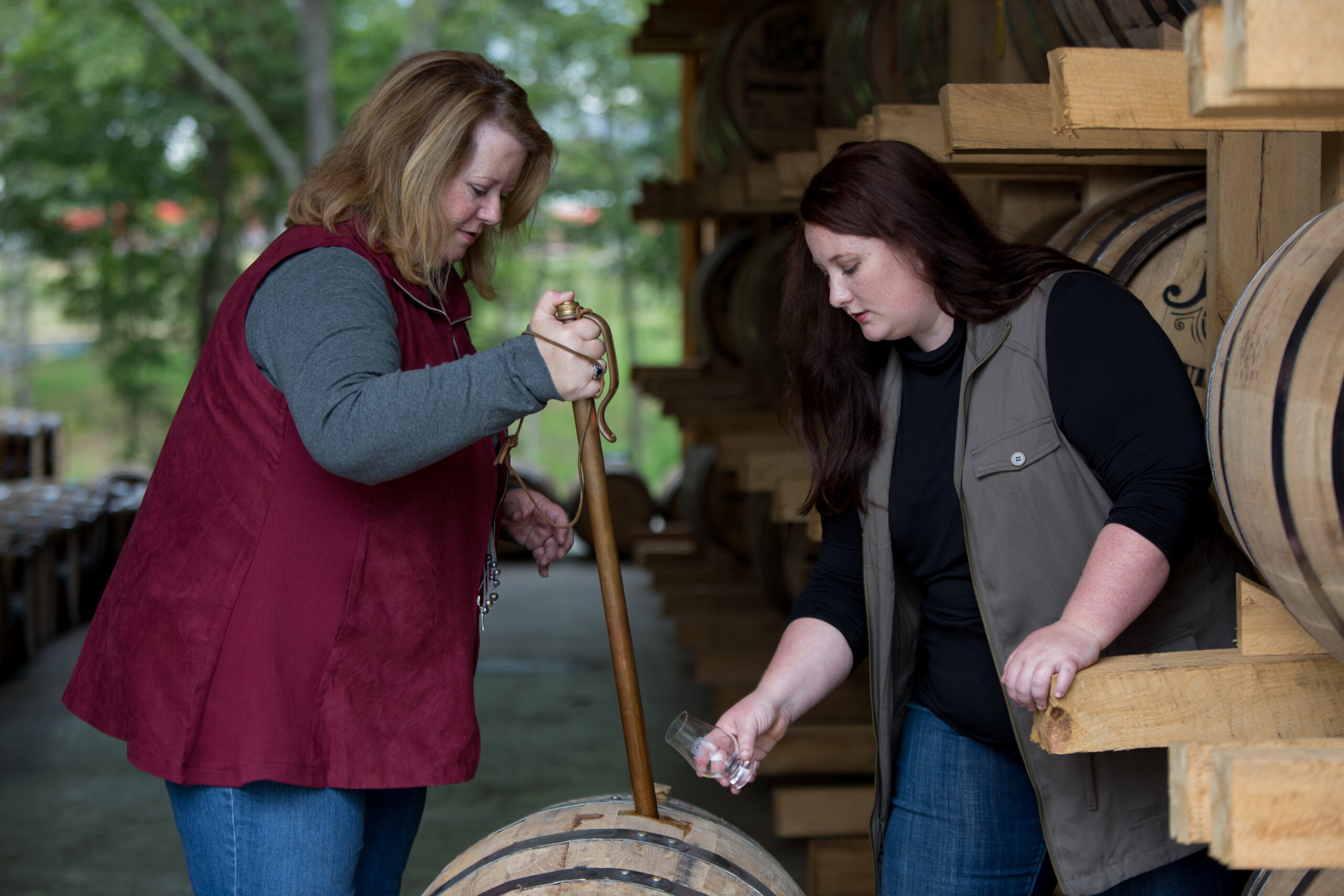Everything You Need to Know About Italian Grappa
By Alana Tielmann
Spirits are an acquired taste. So, why are some quick to call all grappa, “firewater?”
Probably because they’ve tasted poorly-produced grappa (like their first tequila experience). Little do they know, grappa has been around just as long as wine as it’s produced from grape pomace, or marc—the skins, seeds, and stalks left over from the grape-pressing stage of the wine-making process. Pomace contains all the fragrant substances in the grape that contributes to grappa’s distinctive bouquet—also the main reason why grappa is traditionally served in small, hand-blown glassware. Grappa’s tale, transformation, and overall taste is quite extraordinary that one simply must (re)try.

Pomace
History of Grappa
Grappa has played a part in the Italian Renaissance since the 14th century—even Leonardo Da Vinci, the greatest Italian artist, was interested in the design of stills, inspiring artisanal plant manufacturers. The name “grappa” stems from the dialect word “graspo” that defines the plant structure of the cluster, thus expressing the strong bond with the grape. In fact, grappa is protected by a specific Italian and European law proclaiming nine regions in which the name is reserved exclusively for the aqua vitae of marc (grappa) produced in Italy. The designated spirit must be made from grapes grown and distilled on Italian grounds; therefore, it cannot be coined by French, German, Austrian, Swiss, or other distilled spirits.
The native distillate derives from the northern region of Veneto which continues to expand as a strategic wine-growing area today—turning out traditional grappa with modern equipment and methods. The terroir, techniques to grape-growing, and talent of each distiller are the three essential elements to achieving excellence during the delicate process of grappa—a true, “Made in Italy” product.

Grappa OF Amarone Barrique
Grappa, Classified
Like Mexico’s tequila, Italy’s grappa is classified according to age, grape varietal, and practice. Here’s some things to know:
Young or White Grappa: bottled at the end of distillation, or after a period of “rest” in steel or glass vats. It remains colorless with delicate aromas and a direct, dry and decent taste.
In collaboration with twelve bartenders and opinion leaders, Grappa Castagner’s Casta is an ultra-pure grappa developed specifically for mixology. Softer and more versatile, Casta selects only fruit and floral aromas of the grapes to obtain elegance and versatility through its five-step distillation process. It is ideal for twists on Italian classics, accompanying various liqueurs or bitters.
Reserve or Vintage Grappa: bottles after it has been aged for at least 18 months in oak casks. It has a pale straw to rich amber color, and a smooth delicate taste.
Pleasing the palates of the most refined connoisseurs, Riserva Privata Barricata, by Bottega SpA has its origin in a reserve of Amarone grappa. It is an artistry of fermented grape skins used in the production of the prestigious Amarone della Valpolicella wine. The subsequent long-aging in French oak barrels confers its typical amber color and enriches the bouquet of warm, chocolate notes, creating a captivating and intriguing grappa.
Aromatic Grappa: obtained from the marc of aromatic grapes, such as Moscato, Traminer, and Muller Thurgau.
Adventurous? Distilleria Bertagnolli’s Moscato Giallo is a buoyant explosion of aromas and scents of selected pomace (of the Moscato Giallo grape) cultivated from the hills of the Trentino region which stretch across the Alps. The quality cru pomace is harvested fresh and moist for distillation. The liquid is bright and transparent with uniquely elegant and persistent scents; finishing with a tinge of tropical fruits and sage.
Aromatized Grappa: obtained with the addition of herbs, roots or fruit that give it particular aromas and fragrances, such as gentian, asperula, and strawberry.
For the fruit-forward palate, Fragola, by Bepi Tosolini is an all-natural infusion and distillate of wild strawberries that have been soaked in grappa for over two weeks post-picking. Each bottle is hand-filled with semi-candied mini strawberries. The taste is naturally sweet with surrounding ripe strawberry notes. Full of aroma, unexpectedly soft on the palate and lifted by the natural texture of whole fruits.
Evolution of Grappa Styles
Grappa’s “renaissance” is recent. The long-standing category has cracked its “firewater” reputation, with backing from producers such as Distillerie Bonollo – a market leader for qualità.
In 1908, Giuseppe Bonollo implemented the family’s proprietary methodology: Sistema Unico Bonollo – from gathering and storing raw materials (to preserve aromatic integrity) to flexible distilling, aging, packaging, and product enhancing. Each step of the patented process is handled with the utmost respect for the environment, and carried out the same way today. Bonollo insisted on staying ahead of the times by investing in new technology – without forgetting “the fruit of experience.”

Distillerie Bonollo
In 1999, Distillerie Bonollo released its first bottle of Grappa OF Amarone Barrique – a single varietal grappa aged in French oak barriques for extraordinary taste. The unrivaled style bent the rigid rules of grappa production by solely committing to Amarone grapes and more sophisticated distillation methods. “Over the years, we kept our focus on improving the rich character of our grappa—its most distinctive and typical characteristic,” says Elvio Bonollo, fourth generation family member of Distillerie Bonollo, located near Padua.
After extensive research and development until 2015, Distillerie Bonollo later debuted the first-ever grappa with all-around character intended to be in the hands of bartenders. Gra’it reintroduced the category with a smoother approach. A creative blend of seven Italian pomace, the lively liquid rests in Slavonian oak casks for twelve months enriching light spice and vanilla tones, and tannic structure. Its spirited traits stand firmly in well-crafted cocktails like Olimpia—a mixture of Gra’it, lychee, fresh lemon juice, and rosemary syrup; topped with bubbles. The emerald bottle mirrors an original alchemical mold from 1856 which honors the great alchemical and perfuming practices in Venice.

Gra’it Grappa
Ways to Enjoy Grappa
Today, drinkers can choose from an assortment of grappa that best meets their palate preference – from delicacy to spicy. “There are many ways to enjoy grappas: in cocktails, but also straight up—[try] tastings with friends where you can sip, and really understand, and enjoy its sensory uniqueness,” says Bonollo.
With such a vibrant personality and versatility, grappa adds an extra dimension to social occasions (and solo relaxation). It is best enjoyed neat, in a cocktail, with coffee, or in a culinary dish. For instance, young grappa combines nicely with red cabbage and green apples – giving the dish a different character, with more or less intense aromatic results. On the other hand, aged grappa enhances baked items, like banana bread, with special warmth and nuttiness.
Similar to amaro, grappa is typically consumed at the end of meals, either neat or combined with coffee, hence Italy’s popular Caffè Corretto, meaning “corrected coffee.” However, it can unfussily replace other spirits in cocktail making – unveiling new combinations and bright flavors that can be built up from the grappa base.
“Sipping grappa requires some little tips, and it is an acquired skill. It is important to have a [tall, thin] grappa glass which has its shape developed to help express and appreciate the large range of aromas typical in a grappa,” adds Bonollo. Although, when exploring Grappa OF Amarone Barrique, Bonollo suggests a wide balloon glass to capture the diversity of aromas: intense, ripe berries, dried fruits, chocolate, and spices. “First, [sniff] under the nose. and then sipping a small amount in the mouth – it is important to evaluate the consistency of the aromas and their equilibrium.
“Grappa is the most authentic and intense Italian art in the spirits – it is a unique Italian masterpiece to enjoy with friends,” Bonollo concludes.

Weather Up
Weather Up
Shared by Hello Grappa
Ingredients:
- aged grappa, like OF Amarone Barrique
- 3/4 oz. Amaretto
- 1/2 oz. lemon juice
- 1/2 oz. simple syrup
- Orange twist
Preparation: Pour all ingredients into a shaker with ice, then shake. Fine-strain into a chilled cocktail glass. Garnish with an orange twist.

Caffè Shakerato
Caffè Shakerato
Shared by Hello Grappa
Ingredients:
- young grappa, like Grappa Alex
- 1/2 oz. espresso
- 1 tsp. simple syrup
- Coffee powder (for garnish)
Preparation: Combine all ingredients into a shaker with ice, then shake vigorously. Strain into a chilled cocktail glass. Garnish with coffee powder.

Red Cabbage and Apples with Sauvignon Grappa
Red Cabbage and Apples with Sauvignon Grappa
Shared by Hello Grappa
Ingredients:
- 1 onion
- 1 tbsp. oil
- 1/2 red cabbage
- 2 green apples
- 2 tbsp. young grappa
- 50 ml. water
- salt and pepper to taste
Preparation: Finely chop onion and sauté in a saucepan with oil. Add red cabbage, chopped, and apples, peeled and sliced. Stir, and after a few minutes, add grappa, water, salt and pepper to taste. Cover and simmer for about one hour. Serve hot or cold, accompanied by more grappa.










